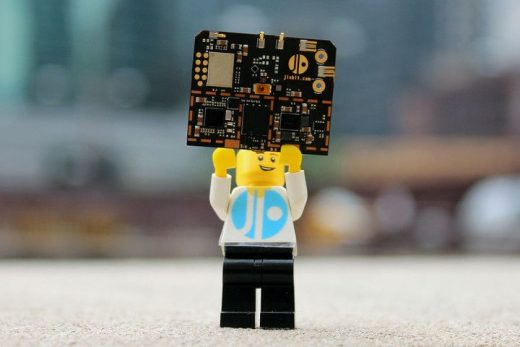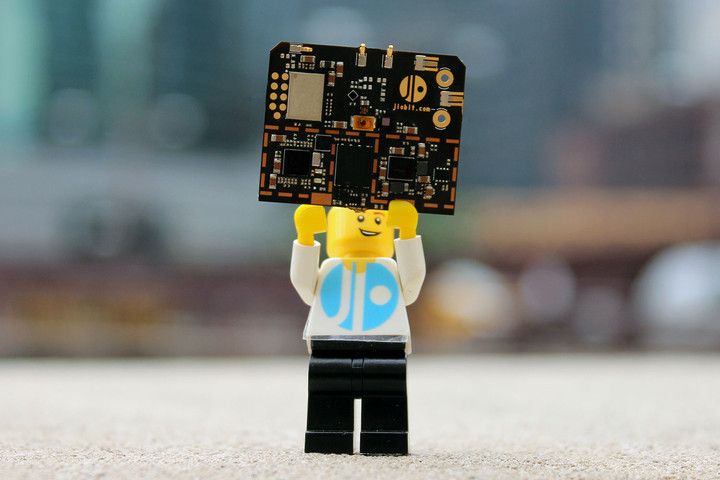Will Jiobit’s tiny hardware turn wearables into “invisibles”?
Will Jiobit’s tiny hardware turn wearables into “invisibles”?

Jiobit’s new chip for tiny devices uses cloud-based machine learning in its quest to shrink wearables so much they become “invisibles.”
Yahoo! explores the device-shrinking strategy of the Chicago-based startup, which has been operating in stealth mode for nearly a year. And as wearables proliferate across the world, miniaturization and improved battery life become an increasing priority.
Jiobit’s new chips are looking to miniaturize connected devices to the point where they are so small that users forget they’re wearing them, hence “invisibles.” On top of this the company aims to extend battery life from current devices that use energy hogging sensors so that recharging is only done a couple times a month, all without sacrificing functionality.
“We’re shooting for two to three weeks of active time with a battery half the size of current devices,” said Jiobit CEO John Renaldi.
The initial focus of the company will be on developing miniaturized wearables that will let parents track their children. Renaldi says the inspiration for this came from a family road trip where he and his wife lost track of their son for a brief while, which was “a very traumatic experience.”
He says that the secret sauce for achieving smaller devices without losing battery juice or functionality is Jiobit’s mix of specially tailored mini hardware and software.
Jiobit’s motherboard a compact winner
On the hardware front, Jiobit’s compact motherboard includes the processor, sensors and such radios as GPS, Wi-Fi, cellular and Bluetooth. Renaldi claims his in-house motherboard is smaller than any comparable hardware currently on the market.
“Some people get very lazy with how they build their [chips] and stack their components,” said Renaldi. “They use huge … chips. But our components are much more efficient in terms of space.”
He says the real magic comes with how this miniaturized hardware leverages contextual awareness, machine learning and selective connectivity to max out energy efficiency. The end result is maximum optimization with minimum real estate.
“Our approach is not only to rely on context, but to progressively figure out behavior with awareness of different actions in terms of power consumption,” says Renaldi.
The Jiobit chip increases power efficiency by using machine learning-powered software to contextualize energy usage. The software does this by crunching location and usage data the chip’s sensors send to a dedicated server.
“It starts learning behaviors,” he said. “The server can communicate with the wearable to influence behavior.”
The post Will Jiobit’s tiny hardware turn wearables into “invisibles”? appeared first on ReadWrite.
(7)



